Book Review: The Eating Instinct: Food Culture, Body Image, and Guilt in America by Virginia Sole-Smith
GUEST POST BY JANE DOUGALL
“For many of us food feels dangerous. We fear it. We regret it. And we categorize everything we eat as good or bad, with the ‘bad’ list always growing longer. No meat, no diary, no gluten—and, goodness, no sugar.”
“All food smells amazing to me, but as soon as I put the fork in my mouth, it’s a different story. I get scared just knowing I’m going to taste something that has a flavor or texture I’ve never had before.”
“We’re taught that a “healthy” relationship with food means that you only ever eat for sustenance. Enjoyment is allowed only when you’re eating certain kinds of foods blessed with the right kind of packaging, or better yet, no packaging at all. Otherwise, we’re supposed to ignore the sheer existence of food unless we’re hungry, and then eat only what we need to feel full, but never a bite more.”
“…it’s our discomfort—and even disgust—with the joy of eating that frightens us. And that’s because of a culture that tells us, in a thousand ways, from the time we first start solid foods, that this comfort cannot be trusted.”
Did any of these quotes make you cringe or leave you feeling a creeping sense of the all-too-familiar? Eating, required for survival, has become a minefield of convolutions and contradictions, our media feeds flooded with what to eat and what must never be touched.
The Eating Instinct: Food Culture, Body Image, and Guilt in America is not a self-help book, a diet guide, or a how-to. The author, Virginia Sole-Smith a journalist who has written for major American media such as Parents and The New York Times Magazine, has used her extensive research on feminism, health, and body image to write a fresh and refreshing take on food in American Culture.
Sole-Smith’s interest in her topic began with her newborn, a food tube, and her three-year struggle teaching a child who had never eaten to love food. She continued exploring eating issues through interviews and telling women’s stories of food in the Black community, of bariatric surgery realities, and fear of food issues. She takes a hard look the domination of the Whole Foods-Trader Joe’s-local grocery store perimeter shopping dictates, considered essential for all informed consumers.
Sole-Smith dares to challenge the precepts of “healthy eating,” of those struggling to meet that ideal while living in poverty, and she talks to women with self-restricted eating phobias, including those who narrow their accepted foods to “chips, French fries, white rice, bagels …” (now called ARFID, avoidant-restrictive food intake disorder).
Aging women, while not specifically addressed in the book, are affected by food issues. No matter where we find ourselves in our growing-older bodies we are often operating out of our fears and habits, our personal history of food sorrows and triumphs.
Even if our own approach to eating and food is sound, the “rules” often strongly affect our social gatherings. Surely, you have negotiated sugar, gluten or animal products when menu planning for a get- together or a potluck.
“Apologizing around food—for our failure to make it good enough, healthy enough, for what we’re choosing to eat, for what we’re daring to serve others—has become an important ritual in today’s food culture.”
You are not deficient if you struggle with organic green kale smoothies. There is satisfaction in finding that the “Healthy Foods” dogma can be examined and questioned. You may drop your guilt when you enter these pages. Eating: we do it or we don’t get to be here. What a relief to consider how to be nourished without going crazy!

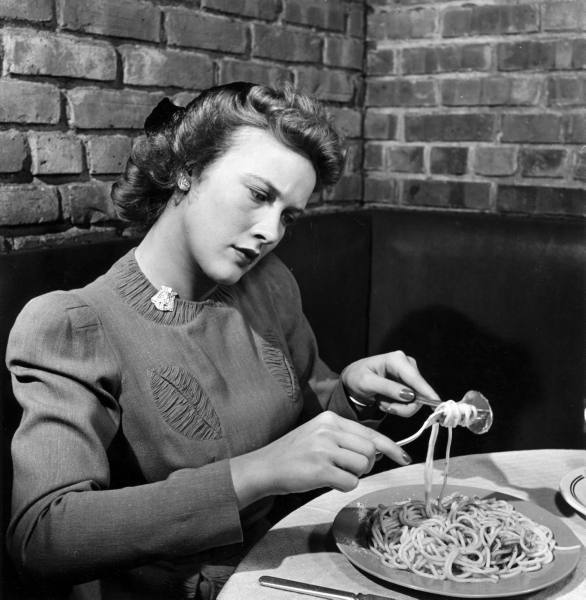
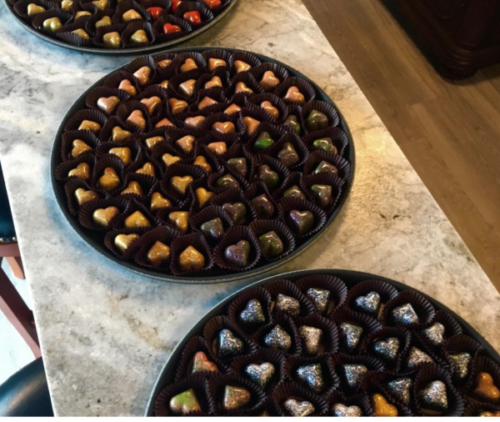
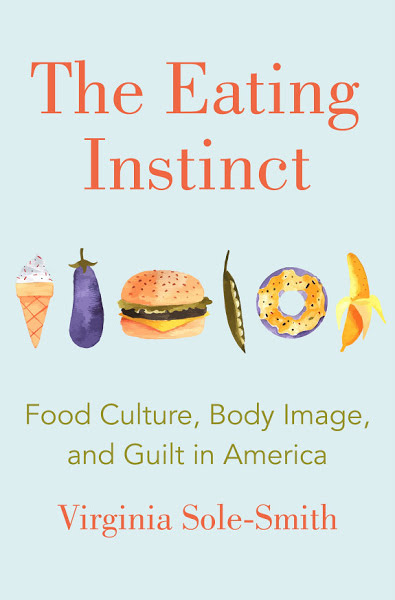
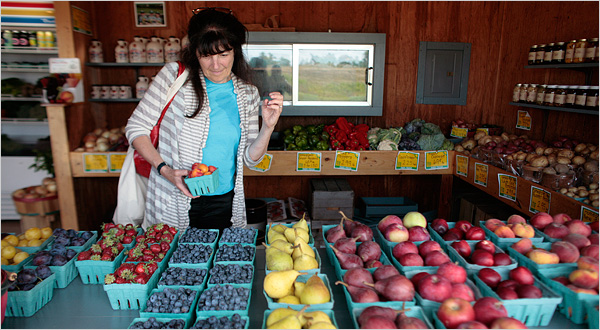
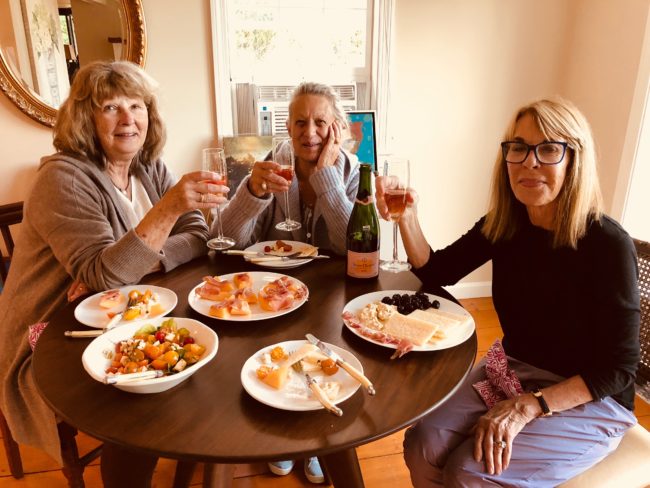
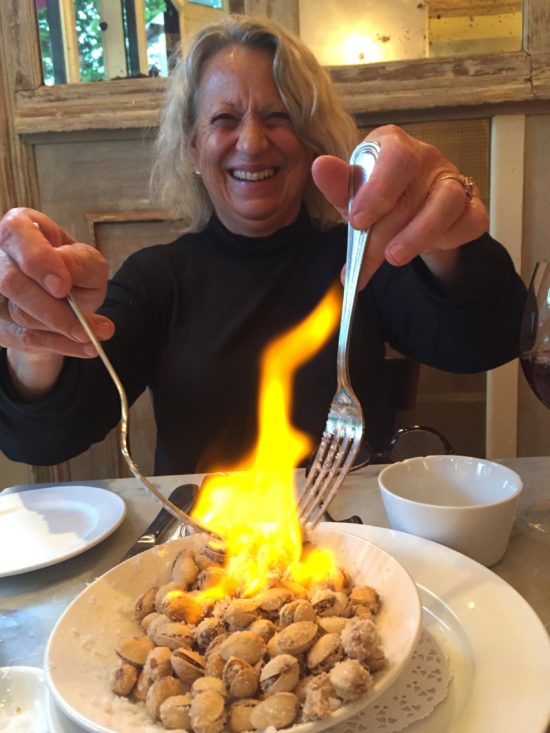
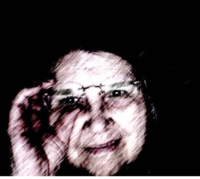 Jane Dougall, is a retired Librarian whose 31 year career was spent primarily in academic libraries. She has an undergrad degree in Communication Arts and a Masters in Library and Information Science from Simmons College in Boston. She frequently visits her local public library finding books she actually now has time to read all the way through. She also sorts and evaluates book donations as a volunteer and continues to believe that libraries are one of the most valuable, wonderful, parts of a community. If you are not currently a library user, she urges you to immediately get a library card and explore the fabulous resources available to you for free.
Jane Dougall, is a retired Librarian whose 31 year career was spent primarily in academic libraries. She has an undergrad degree in Communication Arts and a Masters in Library and Information Science from Simmons College in Boston. She frequently visits her local public library finding books she actually now has time to read all the way through. She also sorts and evaluates book donations as a volunteer and continues to believe that libraries are one of the most valuable, wonderful, parts of a community. If you are not currently a library user, she urges you to immediately get a library card and explore the fabulous resources available to you for free.